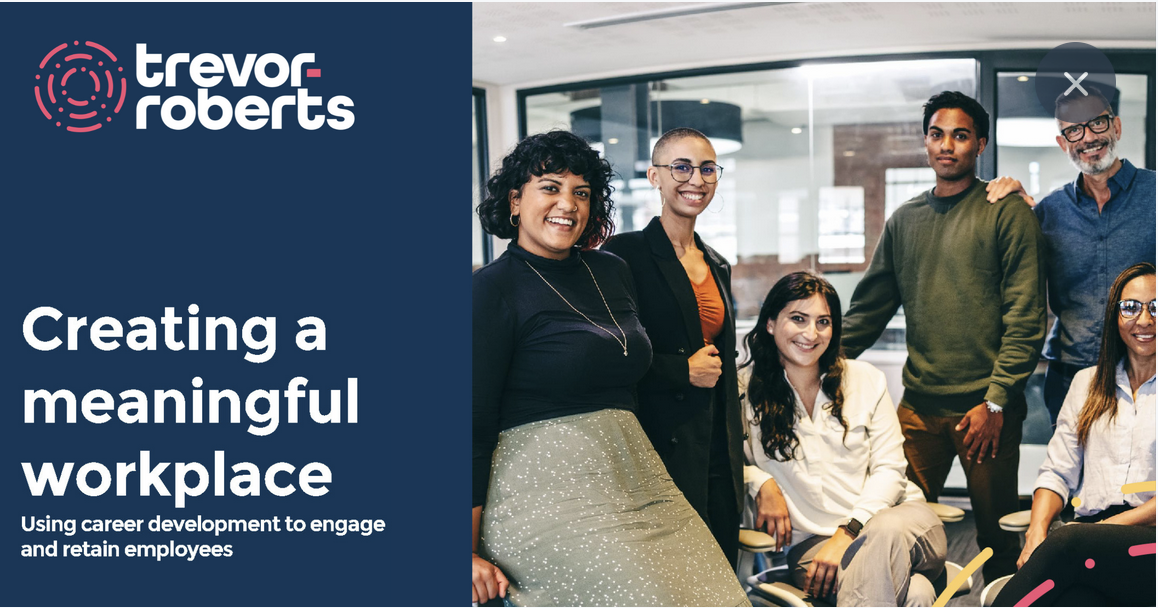“What do you want to be when you grow up?” It is a question that I was asked countless times as a child and it is a question that I am not sure I can answer, even today. To be more precise, I am not sure that I can find a single answer that will be true for me across my entire career. What is my dream career or occupation? What is the job I am best suited to that will make me the happiest? Does such a thing even exist?
These are difficult questions to answer and are questions that many people grapple with at multiple points in their careers. Traditional approaches to career coaching have attempted to answer these questions through a process of rational decision-making. They have achieved great success in helping people to deeply understand themselves, what drives them in the workplace and what they need to feel fulfilled. Similarly, career coaches have been very effective in helping people to skilfully navigate the job search process and attain their desired career or job. What traditional approaches to career coaching aren’t so good at though, is representing how careers play out in reality.
Careers are complex and chaotic. They are influenced by chance events and play out within the complex system of our lives. It is often not as simple as identifying a career or role that suits your interests, preferences and drivers. There’s your financial situation to consider, the opinions of your family and friends, the availability of roles, the location of roles, the culture of organisations, the work-life balance you are hoping to achieve, and the political, market and industry trends that may impact your career, to name just a few. This is all before you have worried about what the role will really be like and if it will match up to your expectations. In all this confusion, hope and worry it seems impossible to make a rational and certain decision about the right career for you.
When you speak with people about how their careers actually evolved, the conversations are often punctuated with stories of unexpected opportunities and happenstance. “I wanted to be a lawyer but my family couldn’t afford for me to go to university, so I became a banker instead”. “I would never have considered a career in sales but I am so glad that my friend approached me about this sales manager role”. “It sounds crazy, but being made redundant turned out to be the best thing that ever happened in my career”.
So, we need a new way of understanding careers. We need an approach that recognises the complex and interconnected factors that influence our careers, and we need an approach that helps us to make sense of, and work with, change and chance events in our working lives.
Chaos Theory of Careers
Enter the Chaos Theory of Careers. Robert Pryor and Jim Bright first described this career theory in 2003 and have been further developing it since. The Chaos Theory of Careers was developed to better understand the holistic context in which careers develop, the multitude of interrelated factors that impact careers, the role of constant change and flux, and the impact of chance events on career development. Among the many achievements of this work, the Chaos Theory of Careers has challenged some longstanding assumptions that many people hold about their careers.
We tend to assume that the outcomes of our career choices and actions should be predictable, that there is one right career for us, that we are in control of our circumstances and that with the right amount of planning and effort we can design our ideal career path in advance. Instead, the Chaos Theory of Careers argues that the multifaceted and interrelated nature of our careers, including constant change, flux and chance events, means that we are limited in our ability to know and control outcomes. Thus, we cannot expect that our career decisions will always achieve the result we expect. Failure is an integral and necessary part of career development and constant feedback, monitoring of progress, and adjustment of our career strategy is required.
Is your career a wicked problem?
In this complex context of career development, linear and rational decision-making seems insufficient for our requirements. Instead, we need a mechanism for navigating complexity and solving complex or wicked problems.
A wicked problem is a problem that is difficult to solve because of contradictory, incomplete and changing requirements. More to the point though, the characteristics of wicked problems seem to describe the challenges of finding the right career quite well.
Horst Rittel and Melvin Webber described the properties of wicked problems in 1973.
- It is difficult to define the problem clearly: when you are feeling stuck in your career, it can be hard to know if the problem is that you need a new job or that you need to craft the role you have. Is there something wrong with the role? If there is, can it be fixed? Is the problem that you are tired and need a break? Are you dissatisfied with your job or with your career?
- You never really reach a solution: it’s hard to know if you are really in your dream career. You may find roles that make you feel content but you are often left wondering ‘is this really it?’ and ‘how would I know?’. Alternatively, that feeling of contentment may fade over time as the role changes or as you master the requirements of the role and your learning diminishes.
- Solutions to wicked problems are not right or wrong but good or bad: we rarely find a role that is definitely and clearly perfect for us. There are often only roles that are better or worse.
- Solutions to wicked problems tend to generate unexpected consequences, making it difficult to measure success: a career change may result in surprising new relationships, unexpected changes to your job security, a new challenge or learning that you hadn’t accounted for or other unintended consequences over time.
- Every solution to a wicked problem is a ‘one-shot’ operation: changing jobs or careers results in consequences that are significant and not easily undone.
- There is an unlimited number of potential solutions: there are many possible good careers and roles for each of us.
- The problem is essentially unique: the career path that works for you won’t necessarily work for me. Each of us has our own unique set of needs, drivers and motivations. Similarly, your needs, motives and drivers change over time so the problem will likely be different at different points in your career.
- The problem is intertwined with other problems: our career choices are inherently linked to our lives and are entwined with financial, family, political, social, physical, psychological and other needs and issues.
- The problem can be explained in numerous ways: there are numerous stakeholders in our career decisions (family, friends, peers, supervisors, employers, etc) and these stakeholders will likely have different ideas about what the problem really is and what is causing it.
- The problem-solver can’t be wrong: we are responsible for the consequences of our career choices and the impact of those choices on our lives can be significant.
By definition, a wicked problem cannot be solved using standard problem-solving techniques. Instead other techniques, such as Design Thinking, have been developed and are proving to be useful in helping to tame complex business, social and challenges. If our careers can be conceptualised as a wicked problem, it makes sense then that Design Thinking may assist us in building the careers we desire.
Design thinking for careers
Design Thinking is an iterative problem-solving process that comprises the following stages:
- Empathise: this phase involves developing a deep understanding of the problem, the end users and their needs. In the context of careers, this would involve gaining a deep understanding of yourself, the factors that influence your career and what drives you in the workplace.
- Define: next, the information collected in the empathise phase is analysed to understand the specific problem that will be solved. For example, is the problem that you need a new role or career? Are you looking for something to reengage you in your work? Are you looking for learning and growth?
- Ideate: now you start to brainstorm a range of solutions to the problem you have described. What are the possible career paths or options available to you that may help solve the problem?
- Prototype: in this phase, scaled down versions of the preferred solution(s) are produced. It may be helpful at this stage to think about the actions you could take in the next fortnight that would give you new information about the career options you are considering.
- Test: the prototypes are tested thoroughly and information is gathered to guide the further development and refinement of the prototype. This is where you gather the information you need about possible career options. You might conduct information interviews to gain a deeper understanding of the roles you are considering or you might conduct market research or even try out a role on a temporary or voluntary basis.
- Iterate: the prototypes are further refined based on the information collected in the test phase and are tested and refined again until a solution is reached. You may explore a range of possible career options before you find the right one for you. At least with Design Thinking, you can rest safe in the knowledge you are still on the right track, even if the last test didn’t go so well.
So, while it would seem that a career plan may not be the most useful tool in today’s complex world, with the right approach you still can design an extraordinary career.











